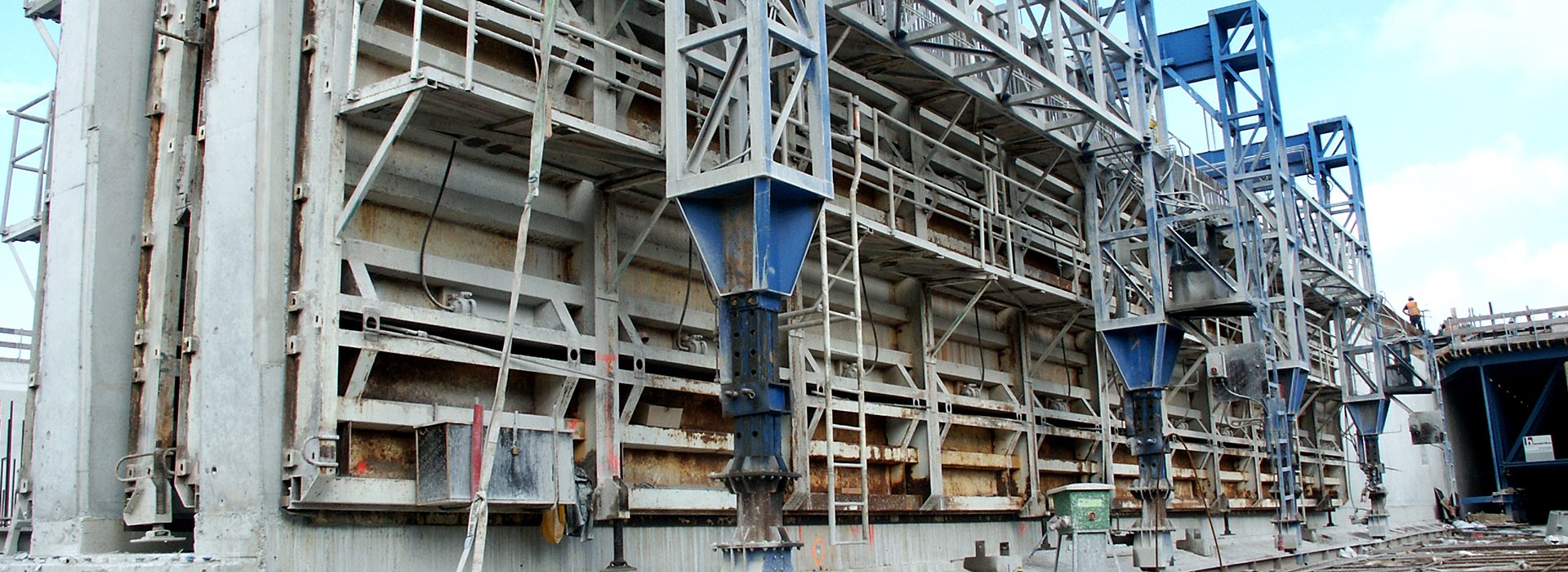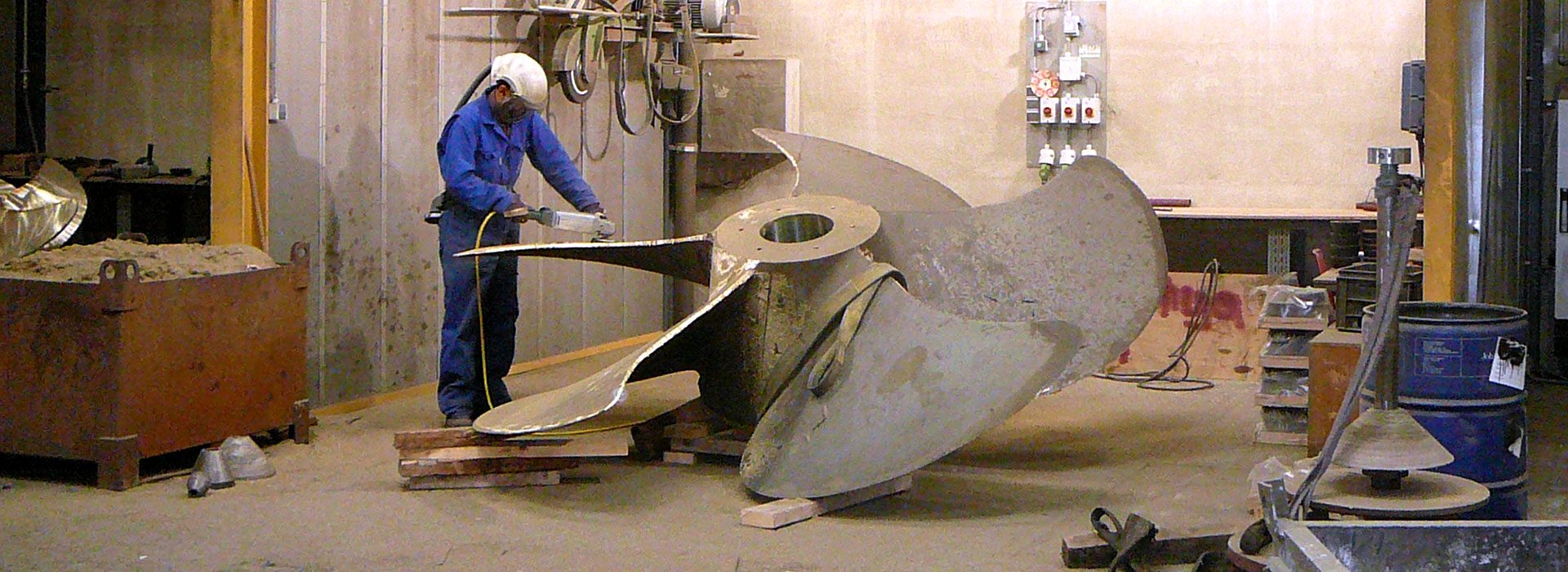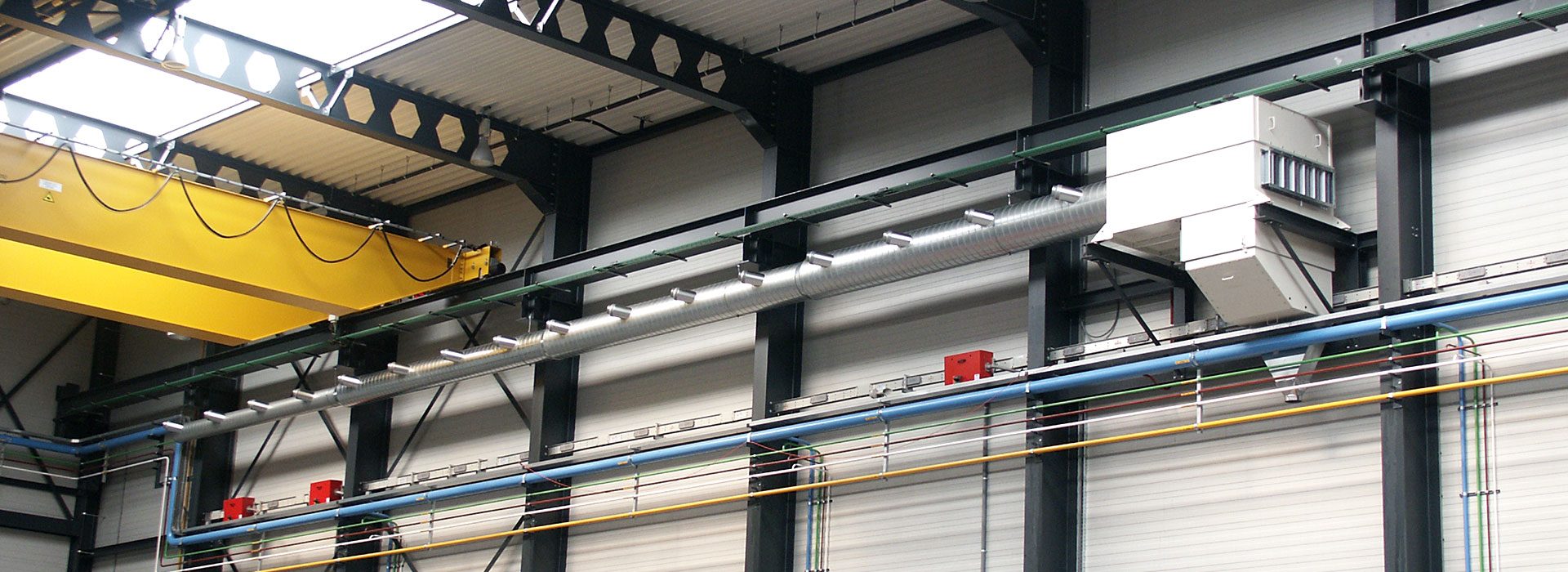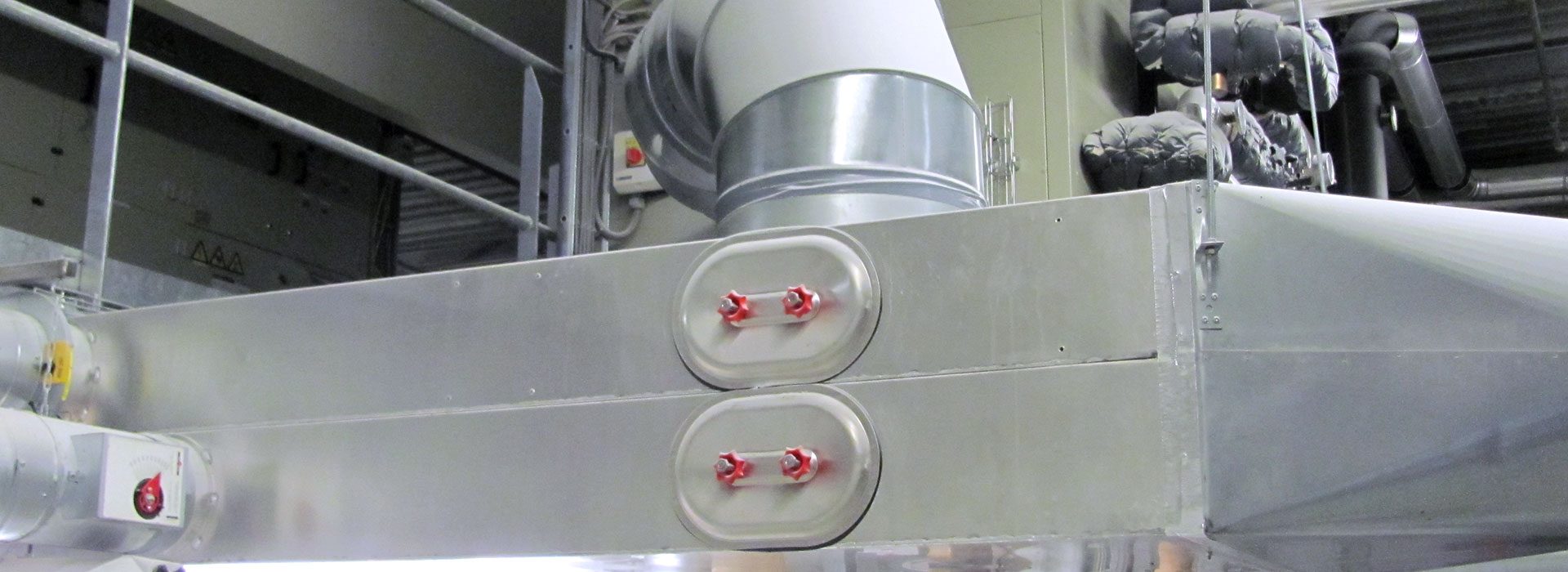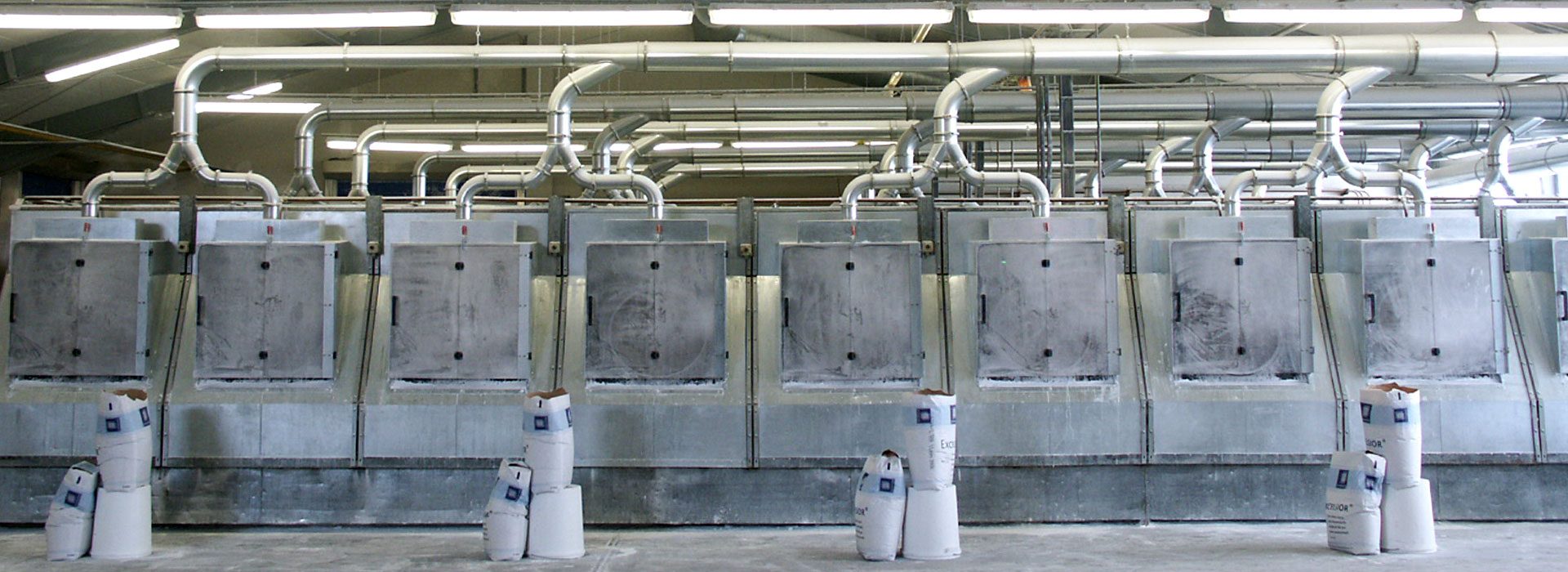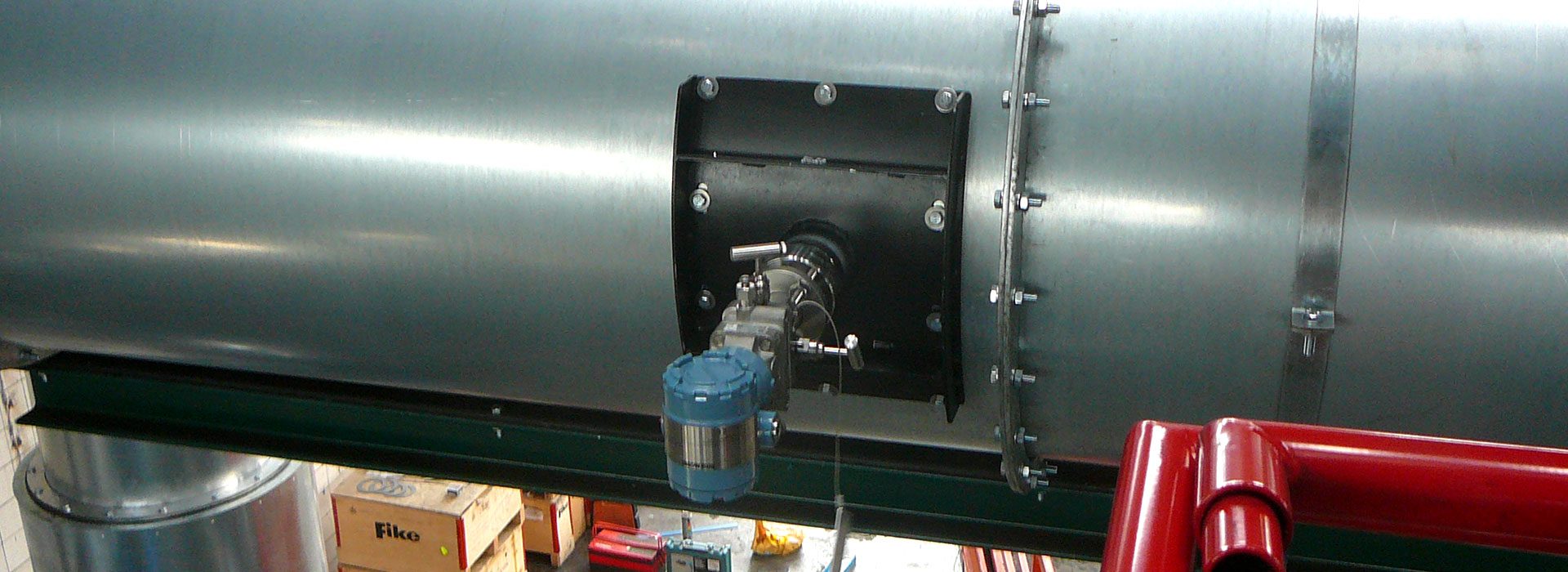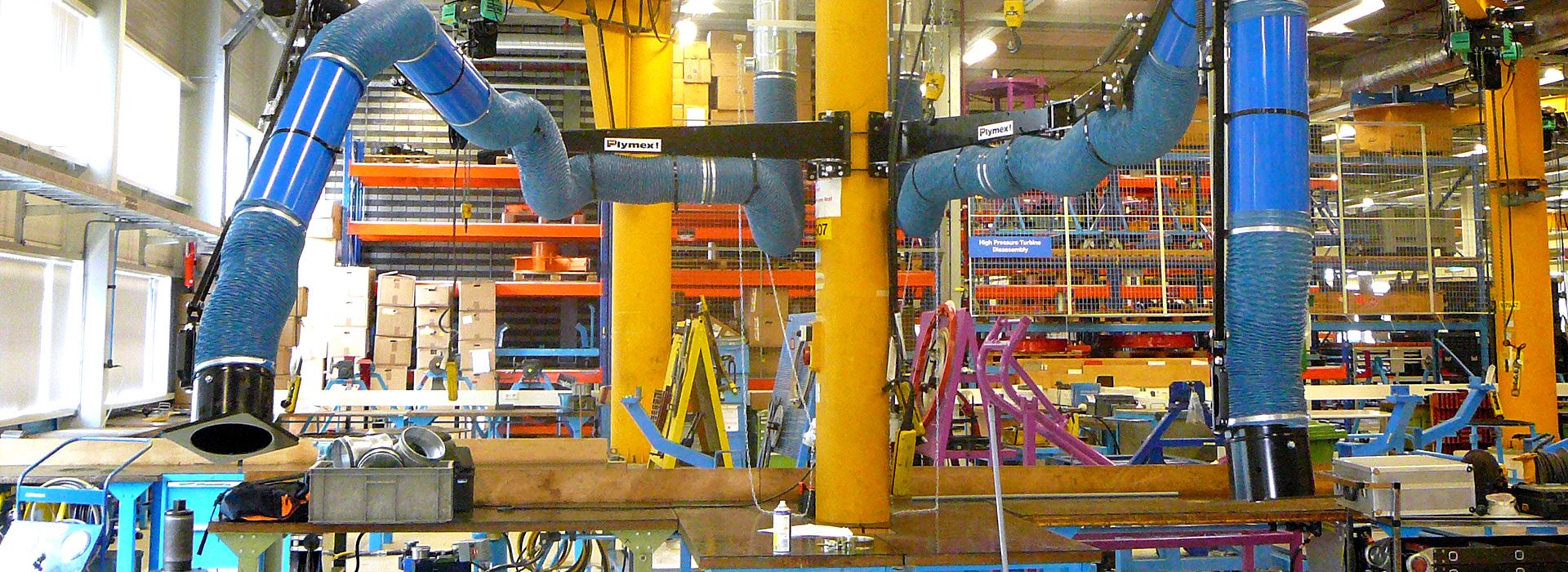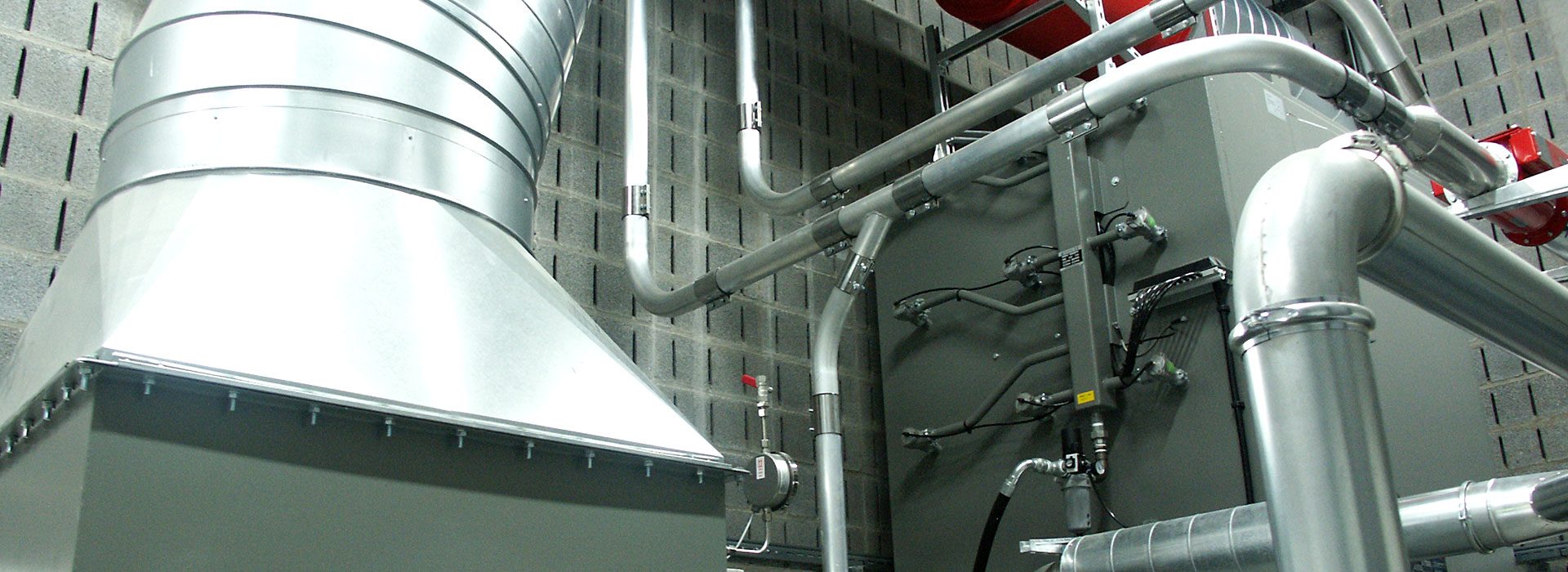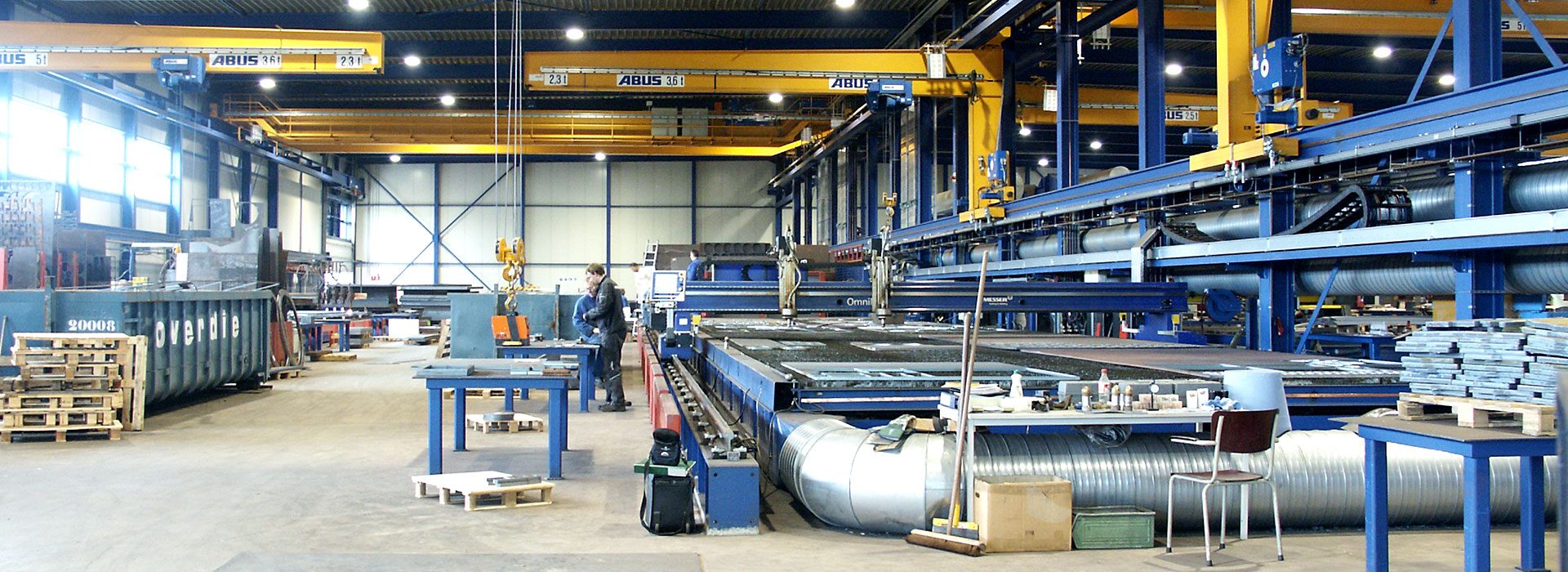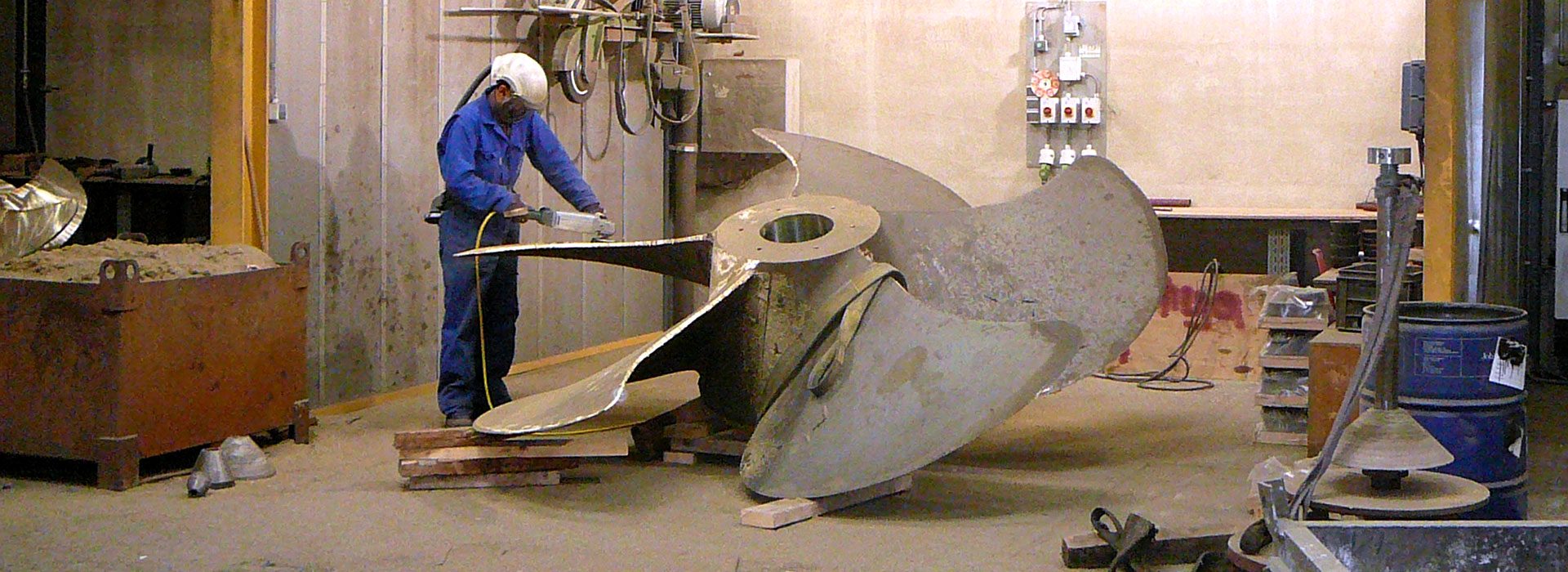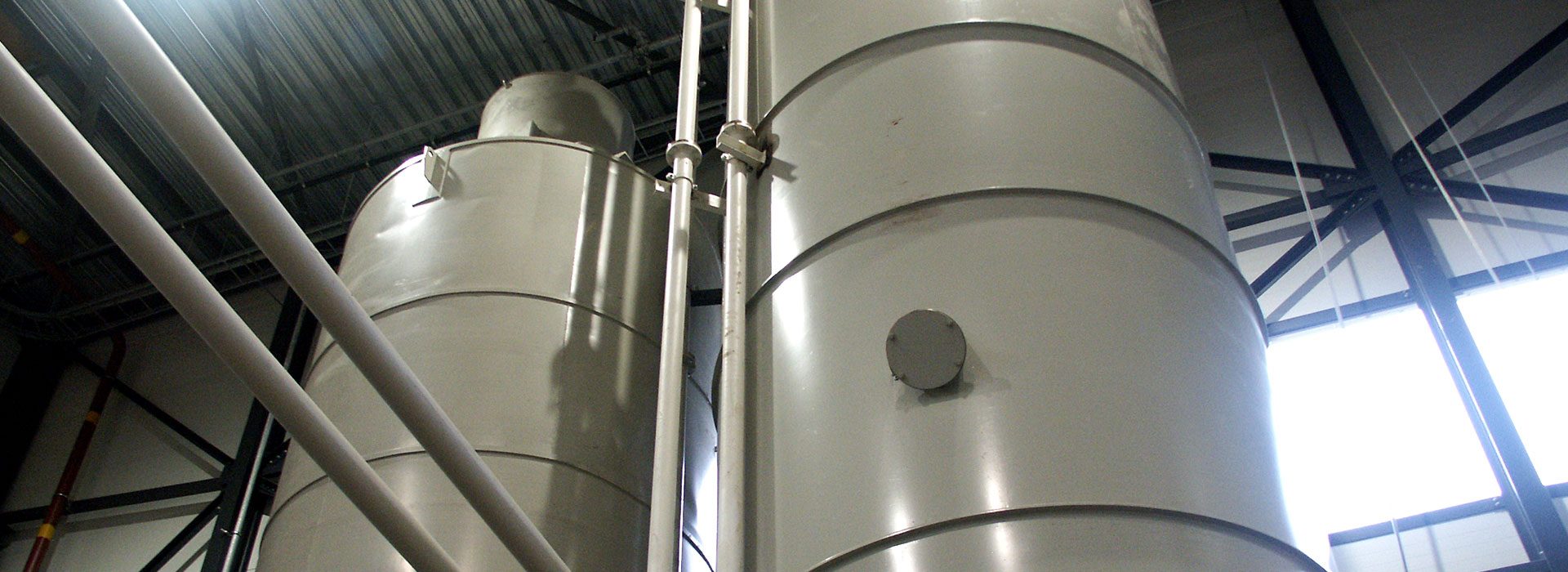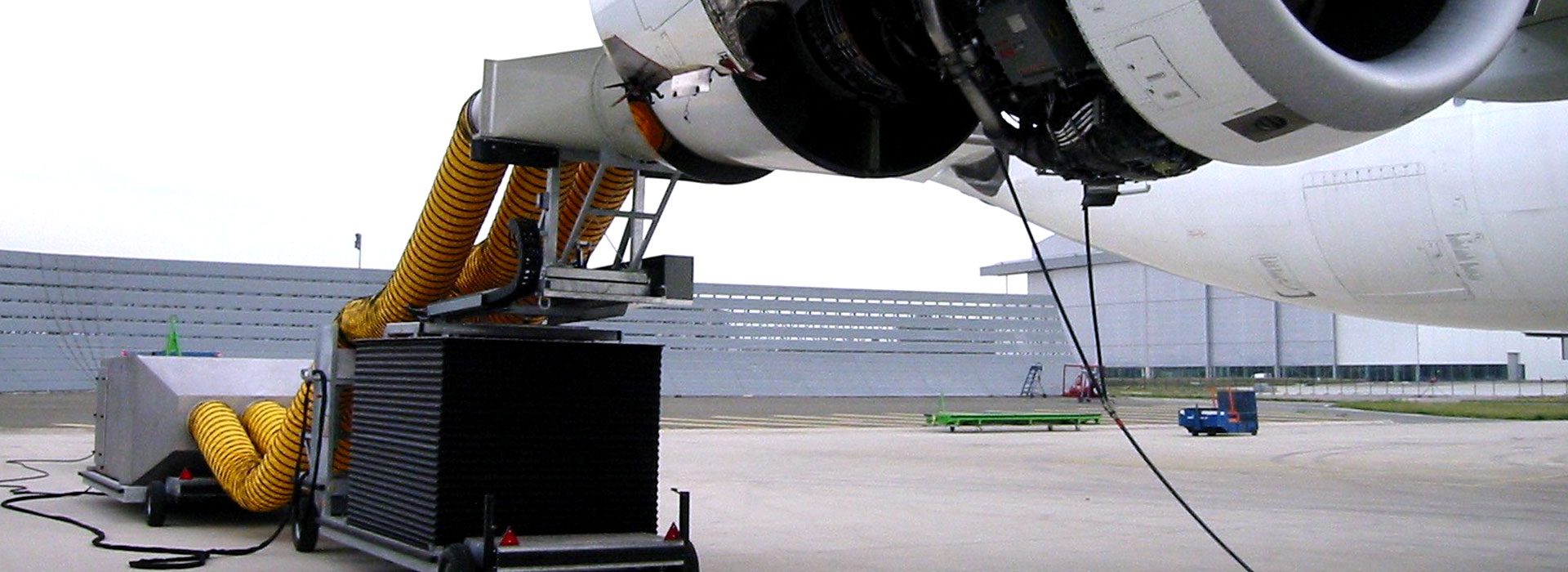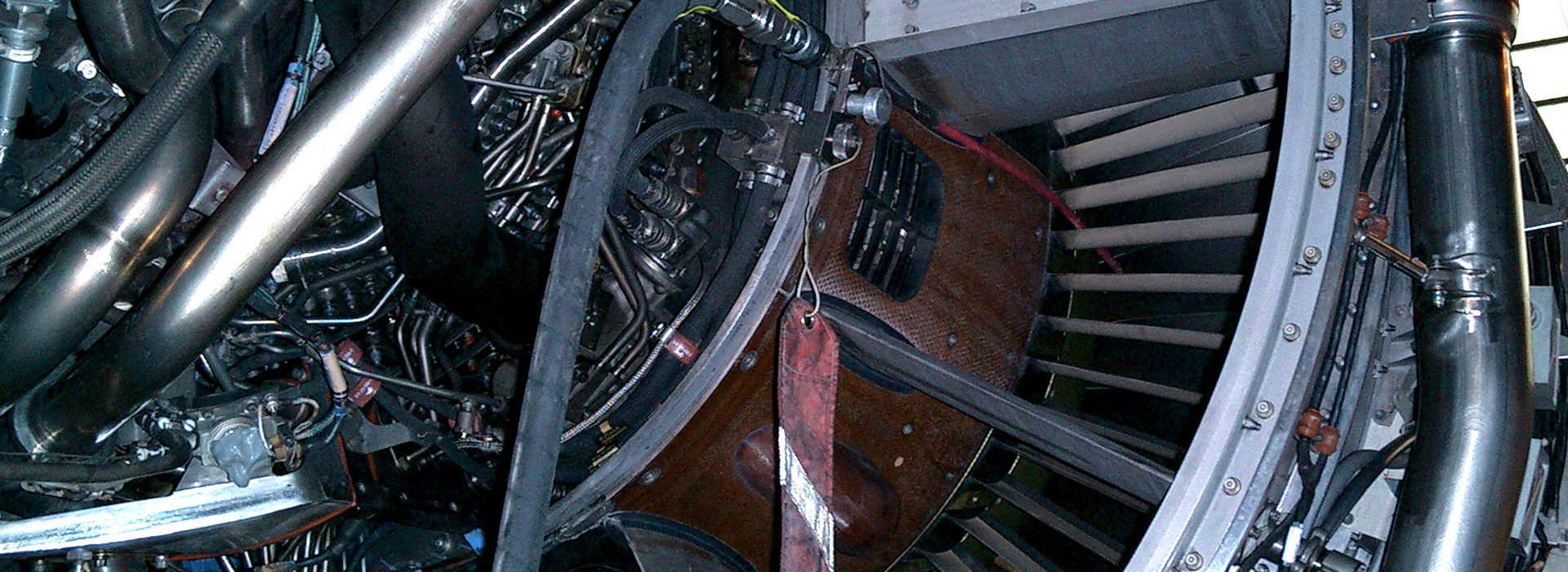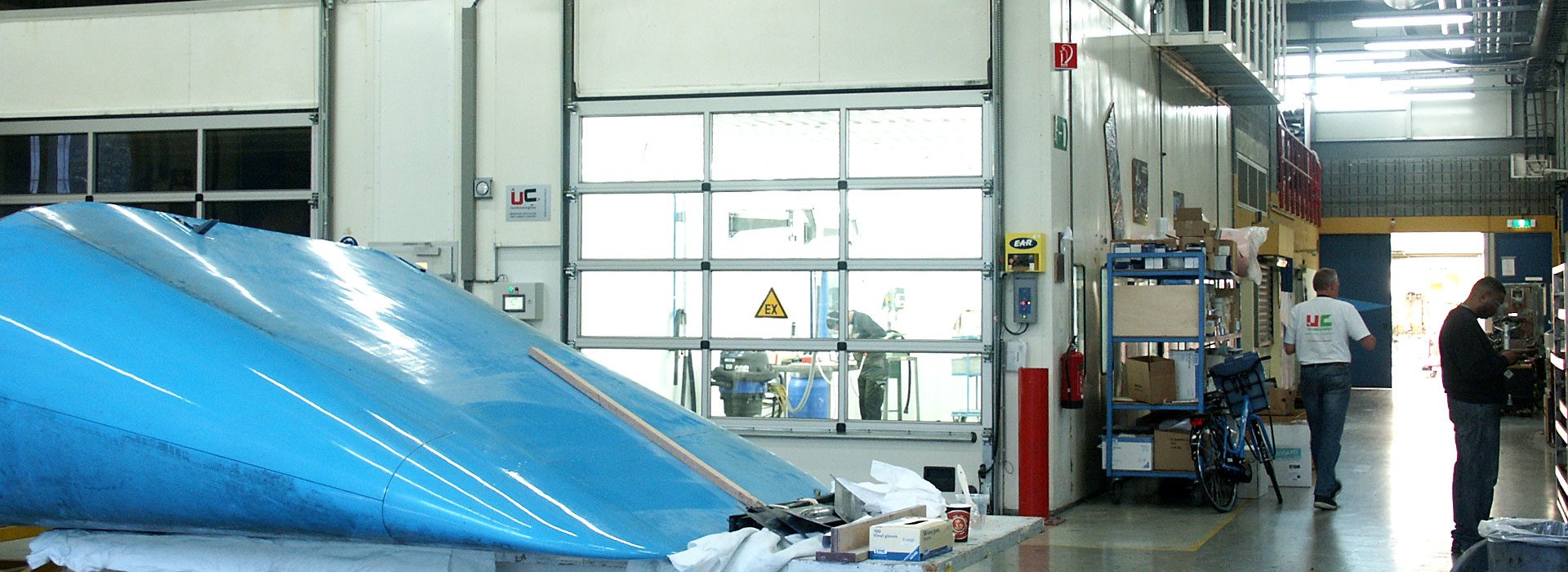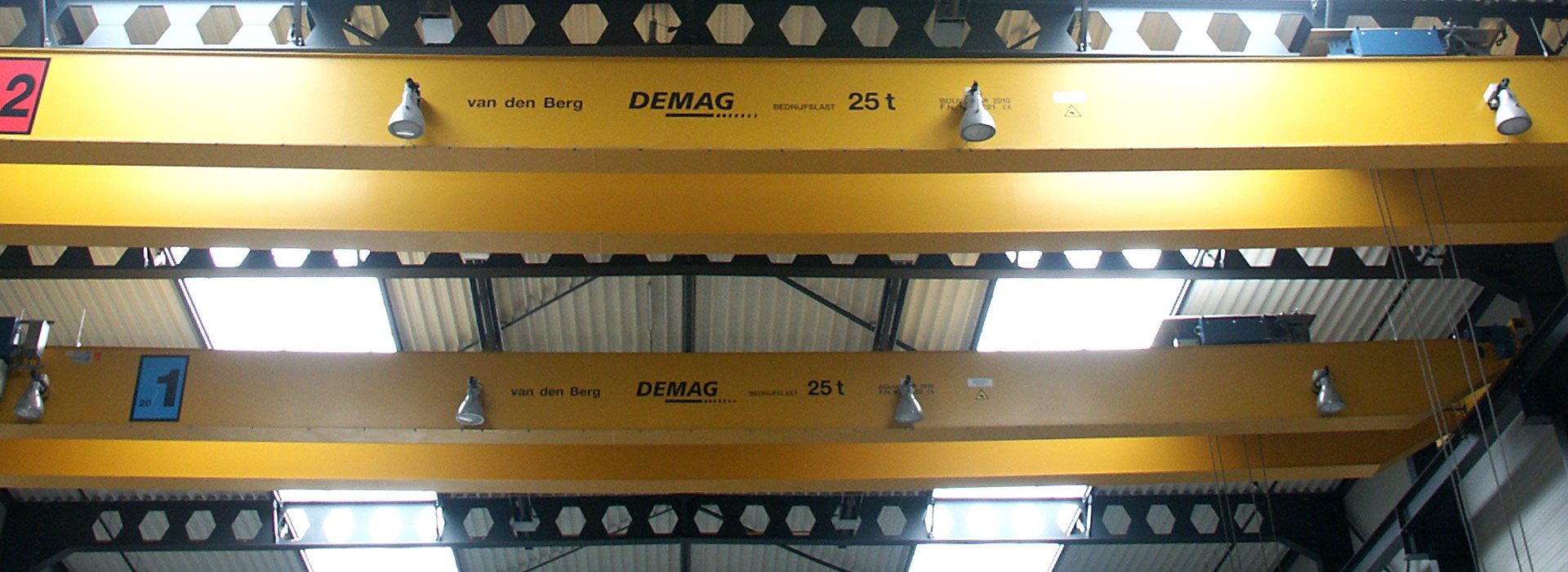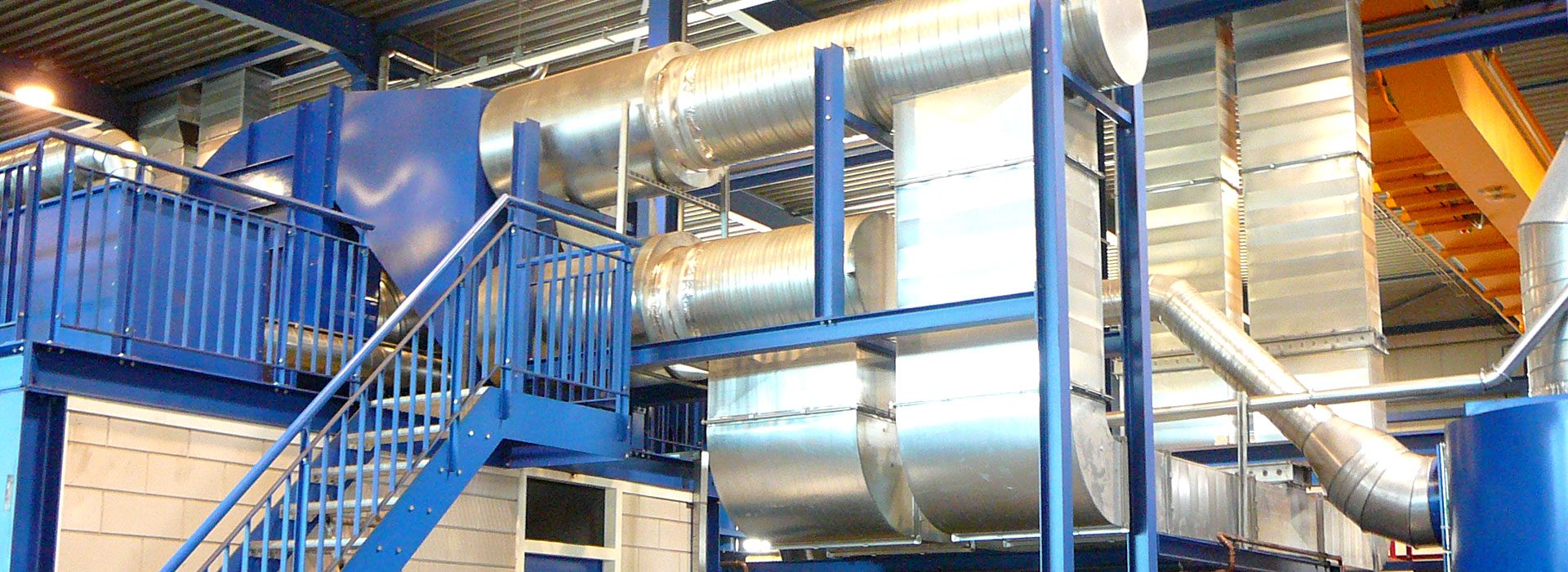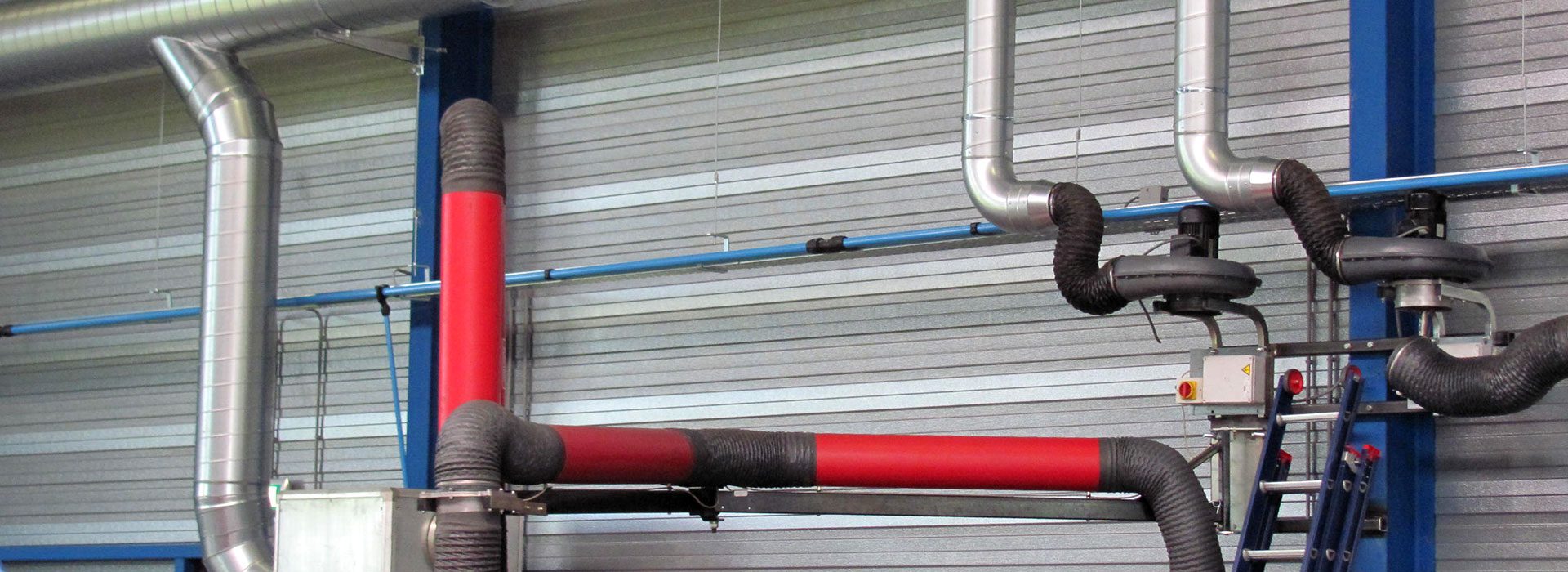WATG’s Urban Architecture Studio has won First Prize in The Freeform Home Design Challenge, which challenged participants to “design the world’s first freeform 3D-printed residence.” The competition invited architects, designers, artists and engineers worldwide to investigate how 3D printing technologies can improve our built environment and lives today. The challenge, commissioned by Branch Technology, was to design a 600-800 square–foot single-family home that would push the boundaries of “traditional architectural aesthetics, ergonomics, construction, building systems, and structure from the ground up,” the press release states.
The winning design consists of two central components: an interior core and exterior skin. The open-plan, light filled interior living spaces satisfy lighting requirements via passive solar design strategies, and connect occupants to the exterior spaces and nature itself. The ‘exterior skin’ comprises intricate archways, an organic structure harmonious with the surrounding environment.
According to Platt Boyd, Founder of Branch Technology, ‘Curve Appeal’ “responds well to the site conditions, magnifies the possibilities of cellular fabrication and pushes the envelope of what is possible, while still utilizing more economical methods for conventional building systems integration.”
The house is scheduled to begin planning phases at Branch Technology’s lab in Chattanooga, Tennessee, and is expected to begin 3D printing in 2017.
Their project – titled Curve Appeal – comprises a curvaceous, arching structure made up of panels that create an exterior skin and an interior core. These are combined to form the roof and large portions of the facade. Competition organiser Branch Technology, a US construction company, has developed its own mix of plastic and carbon fibre that can be printed into a “self-supporting cellular matrix”. This technique will be used to create the panels, which will be welded together to produce continuous surfaces.
“The initial design surfaces of the house will be broken down and optimised for printing the 3D cellular matrix,” the team told Dezeen. “These portions will be aggregated together to form a singular cohesive structure.”
Expanding spray foam and concrete will then be added to the structure, both for strength and to form a weather barrier. Finally, elements such as glazing and interior finishes will be installed.
Source:
http://www.archdaily.com/788907/watgs-urban-architecture-studio-unveils-winning-design-for-a-3d-printed-house
Featured
WATG’s Urban Architecture Studio Unveils Winning Design for a 3D Printed House
Contact information
Thorbeckestraat 75a
NL-5301 NE Zaltbommel
T: +31 (0)418 68 08 44
F: +31 (0)418 68 08 13
E: centraal@uctechnologies.nl




